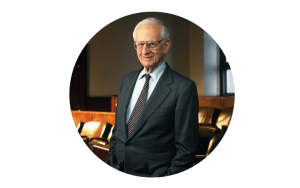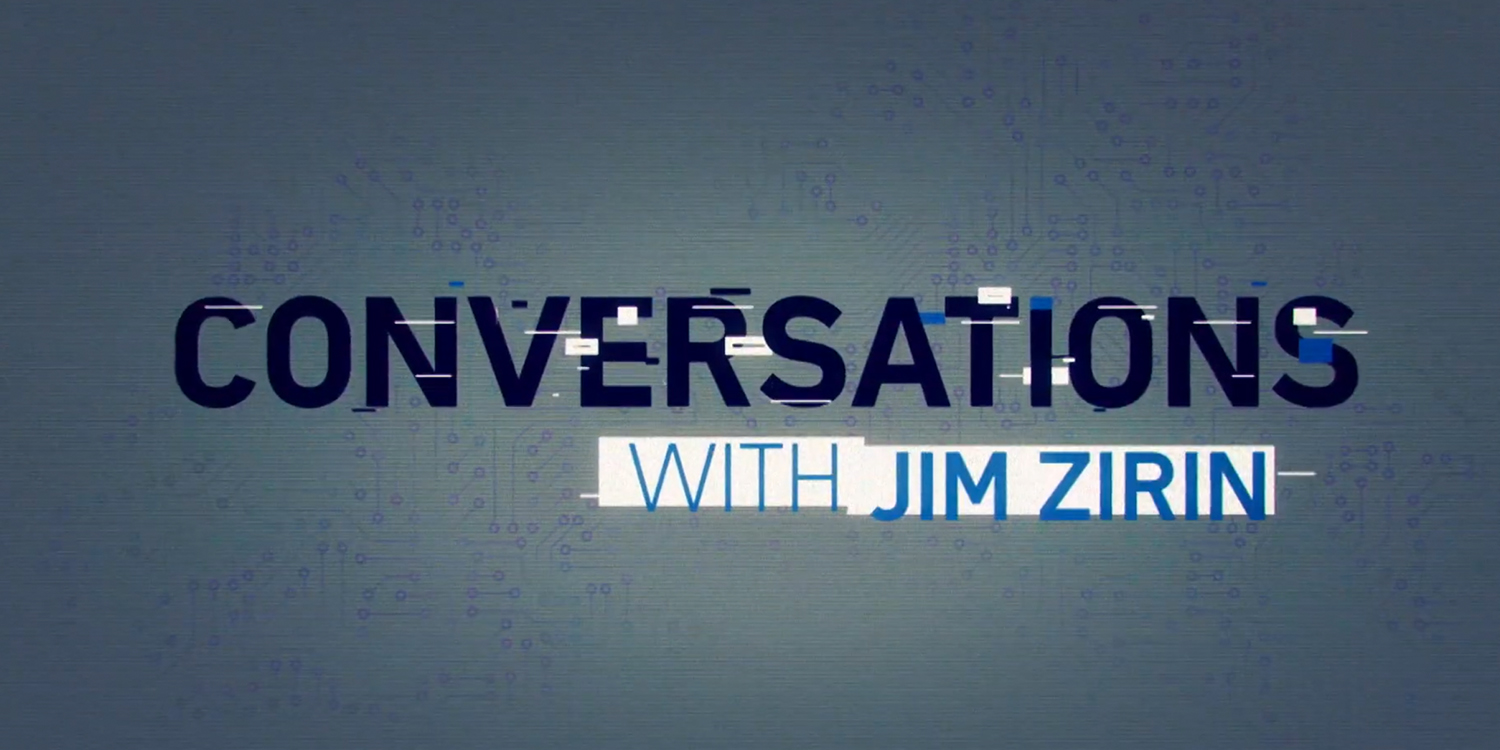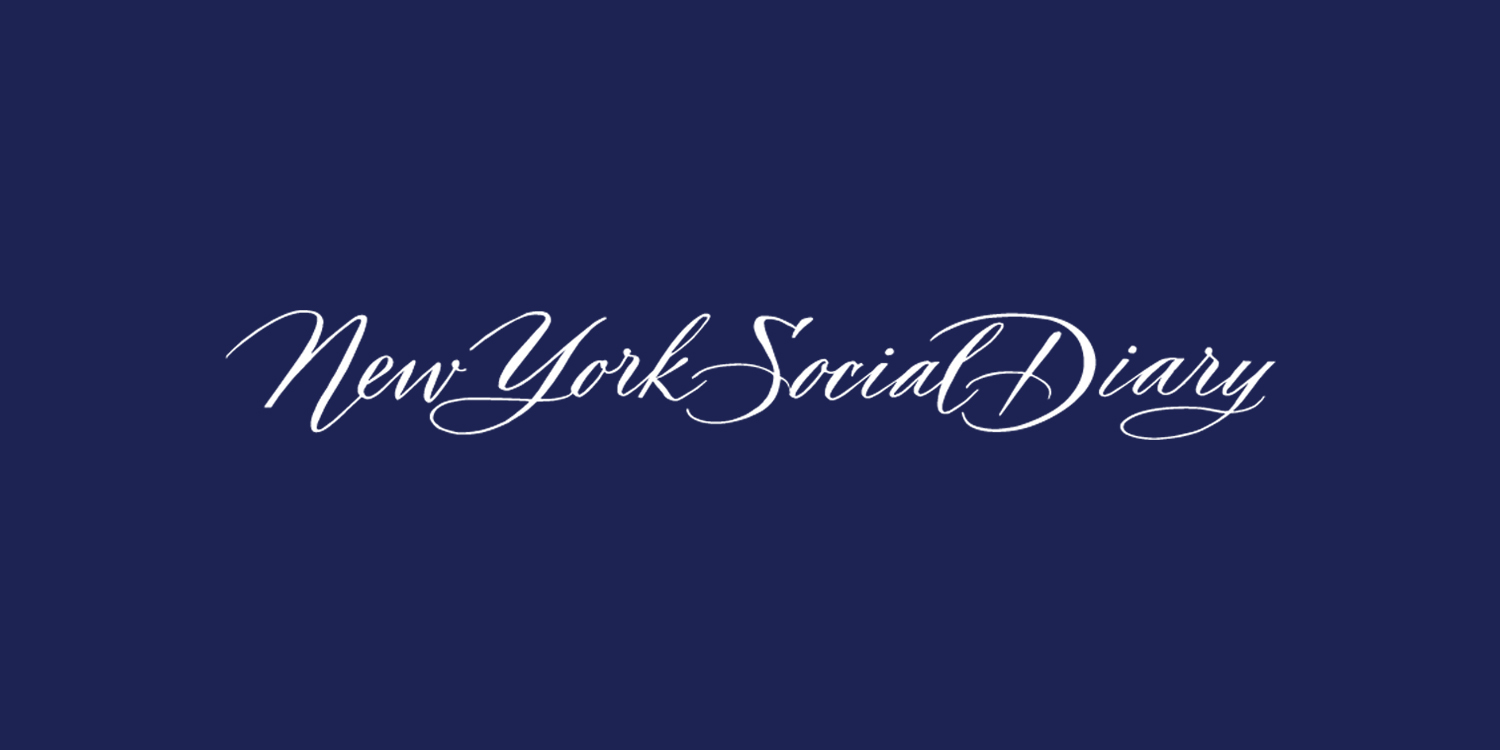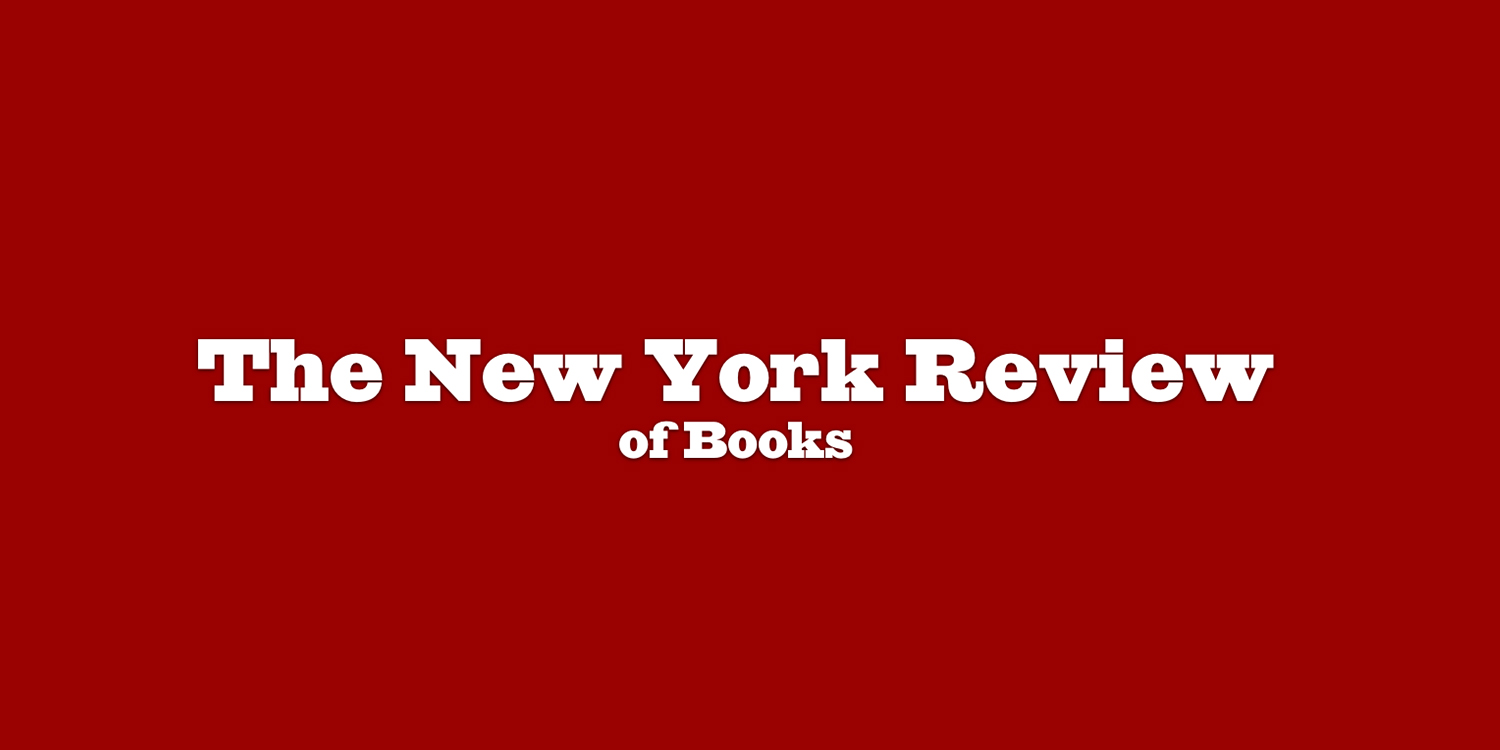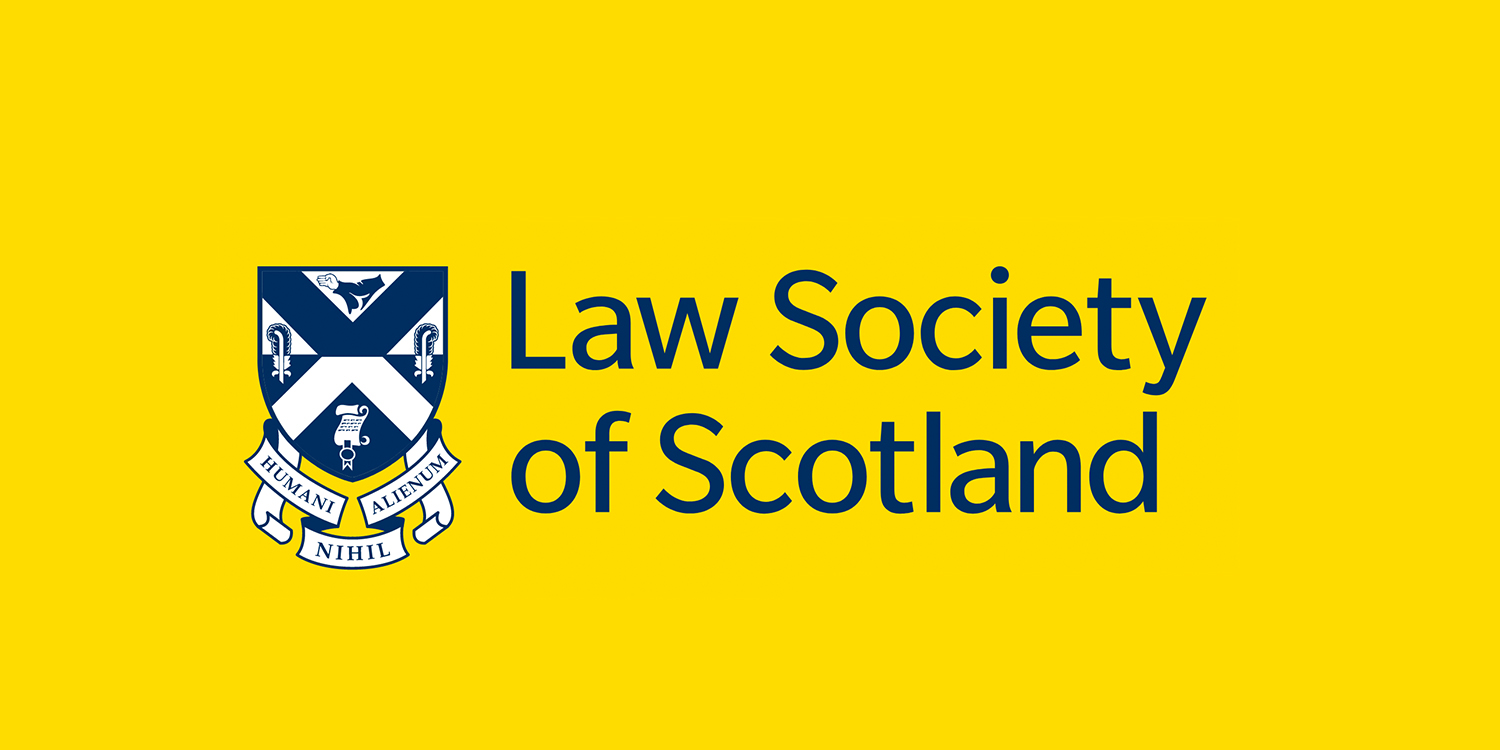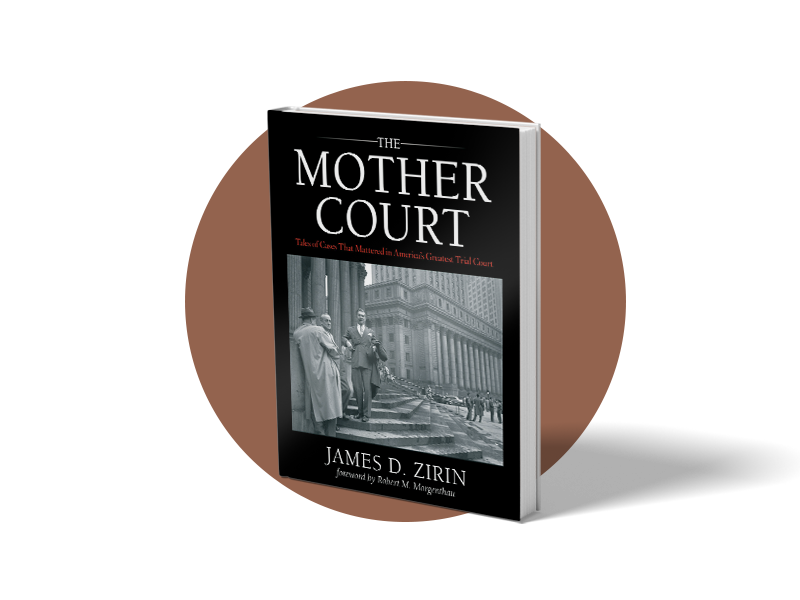The Mother Court
Tales of Cases That Mattered in America’s Greatest Trial Court
The story of the United States District Court for the Southern District of New York, known to lawyers as the “Mother Court,” goes back to the dawn of the Republic. The book begins with the early history of the Court. Congress created the Mother Court with the Judiciary Act of 1789. It is the oldest federal court in the country, antedating by a few weeks the organization of the Supreme Court of the United States. One of the first lawyers admitted to practice before it was Aaron Burr. The Court from its inception has handled important matters with expertise and innovation. It has always been the venue of choice when parties have sought quality justice. The Court, however, solidified its reputation for excellence in the administration of justice in the mid-twentieth century as America became more industrialized and New York emerged as a denser commercial center.
I wrote the book hoping to push forward our knowledge of the American justice system. I recount the story necessarily from the standpoint of my own experience as a trial lawyer and federal prosecutor practicing in the Mother Court; however the book is not about me, except to the extent I am the interlocutor. It is a history and minimizes the anecdotal, except insofar as a humorous “war story” here and there spices up the historical perspective. I also discuss the techniques that must be in every trial lawyer’s bag of tricks: cross-examination, picking the jury, summation and working the judge with a jury in the box.
The book’s prime focus is an historical narrative of what went on in the Court during the period from the cold war era of the 1950’s to the present. To my knowledge, no one has done anything quite like it. The profound issues of the time (internal security, organized crime, terrorism, obscenity, sensational libel cases, press freedoms) wound up in the Mother Court, and the major cases that unfolded in its courtrooms were a microcosm of what was going on during a period of tremendous transformation in American society.
The Mother Court earned its name for many reasons other than seniority. It is respected as the gold standard for trial courts around the United States. Lawyers and judges throughout the country have attested to its preeminence. It has been nationally recognized for the outstanding quality of its judiciary, the excellence of the advocates who appear before it, its authoritative opinions grounded in real substance, the sensitive management of its docket, and its relevance to the rule of law. It is the premier crucible of justice in the continuously unfolding history of the Since the Court’s distinction springs from the outstanding abilities of the men who have been called to its service, the book describes the judges I knew, some of them giants (some not), the lawyers I saw in action, some masters of the courtroom (some charlatans and rogues), and the famous trials I lived through or else heard about.
A central figure in the book is Bob Morgenthau, the legendary prosecutor, who as US Attorney appointed me to serve on his staff. The reader will have a ringside seat at some of the major trials that went down in the Mother Court: the trial of the communist leaders in the 1950’s, the Hiss and Rosenberg trials. There is a chapter on the four strange trials of the infamous Roy Cohn, Communist hunter of the McCarthy era, who was one of the Rosenberg prosecutors. I review the conspiracy trials brought against the mob, including the “Pizza Connection” case, the longest criminal trial in American history. There are notorious trial incidents, such as when a mobster under cross-examination threw the witness chair at the prosecutor. I recount the libel cases involving columnist Westbrook Pegler and his rival, Quentin Reynolds, Ariel Sharon and Time magazine, General Westmoreland and CBS, Barry Goldwater and Ralph Ginzburg. Also, there are major white-collar criminal accounting cases brought against senior auditors in nationally known firms. All of these cases live in the annals of the Court’s illustrious history and are prologue to its future.
There are the censorship cases beginning with Joyce’s Ulysses, prosecuted in 1933, continuing with the government obscenity suits against the films I Am Curious Yellow (1968) and Deep Throat (1983), ending with Giuliani’s effort in 1999 to close down the Brooklyn Museum because of its exhibition of a work of art by Chris Ofili depicting the Virgin Mary in a tub of urine. There are the early Southern District prosecution of terrorist cases, including Mary Jo White’s successful prosecutions of terrorists before 9/11, and the government’s decision (of which I am critical) to try the 9/11 terrorists not in the Southern District of New York, but before a military commission in Guantanamo.
The book will be of considerable interest to all literate citizens—not only to law students, lawyers and judges:
- It gives a first-hand insight into the evolution of our justice system—where it has been, where it is now and where it is going.
- It provides an anatomy of what a trial is all about in an American courtroom, featuring the most famous trials of the period in the greatest Court in the Nation.
- It gives the reader a taste of what the storied judges of the period— Weinfeld, Murphy, Mansfield, Tyler, Motley and Palmieri, to name a few—were all about, how they thought, how they judged, and why they were the worthy keepers of our sacred right to justice, as well as the historical traditions of the Court.
There have been so many crosscurrents and transformations in American society since the Cold War era. The Hiss and Rosenberg prosecutions would seem unthinkable today, as would the pornography prosecutions, which tested “contemporary community standards.” Today, the Mother Court has become an “app” for the digital age of technological innovation. Judge Weinfeld warned that “every case is important,” that “litigants are not ciphers–they are people,” and that he rejected the proposition that it is “better to dispose of a case than to dispose of it correctly.” Nevertheless, the Mother Court’s courtrooms have become digitized. Its judges no longer look into the eyes of the witness with a penetrating glance and jot down key testimony in a bound trial notebook. Instead, they read the transcript of proceedings in “real time” off a computer screen. Statisticians log in the Court’s dispositions on computer servers in Washington. Administrators now seek to hold its judges to a standard of computerized “productivity” (how quickly they dispose of a case rather than how well they judge it). I suggest that though we may have gained much by way of efficiency in cases disposed of, our proceedings have become less interesting and colorful, the practice of law more commoditized, our judges more bureaucratic, and our decisions less personalized and consequently less meaningful to the community.
Despite the continuing history of spectacular appointments to its bench, the unique traditions of the Mother Court are changing with the times, and may be slipping out of sight. With the passing of the iconic judges, we have lost something significant in terms of the quality and appearance of justice. In this sense, the historical account will provide an indelible benchmark.
The Mother Court
Interviews
The Mother Court
Reviews
The Mother Court, Reviewed by Lord Justice Jonathan Mance
The Times
The Mother Court, Reviewed by Thomas E.L. Dewey
New York Law Journal
Quest Recommends, Reviewed by James C. Goodale
Quest Magazine
With Books, US Was More Prudish Than Europe, Says Law Historian.
Reviewed by By Roger Tagholm
Loss of his notes in the Sept. 11 WTC attacks didn’t stop lawyer from completing new book
Reviewed By Lorelei Laird
Busy One on the Calendar
New York Social Diary
The Court of Courts
Reviewed by Jed S. Rakoff
Courtly Love
The Economist
The Mother Court
Reported by David Lat
Court Cases That Mattered
Reviewed by Sidney Silverman
The Mother Court
Reviewed by David J. Dickson
An Honest Compelling Look at ‘The Mother Court
Reviewed by Mandy Twaddell



